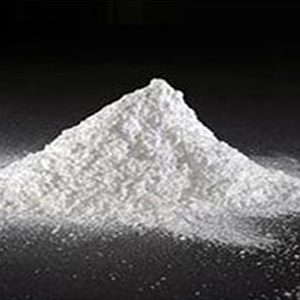
Synonyms: Bayrite, Bairite, Barium Sulfate, Barium Sulphate
CAS Number: 7727-43-7,
Molecular Weight: 233.4,
Chemical Formula: BaSO4,
EINECS EC Number: 231-784-4,
BaSO4 --- 233.4 --- 7727-43-7
BaSO4 233.39
Sulfuric acid, barium salt (1:1) --- [7727-43-7].
Barium Sulfate contains not less than 97.5 percent and not more than 100.5 percent of BaSO4.